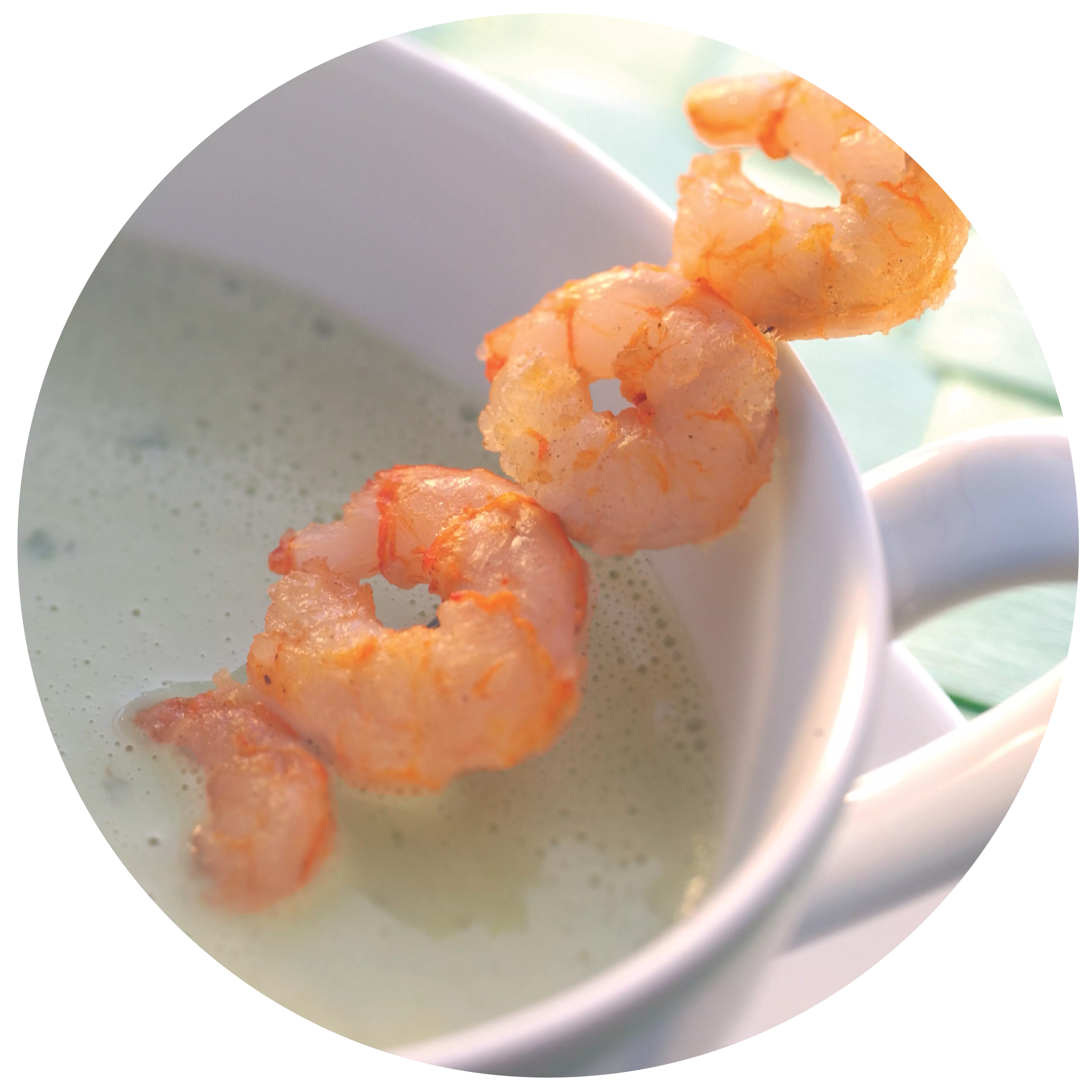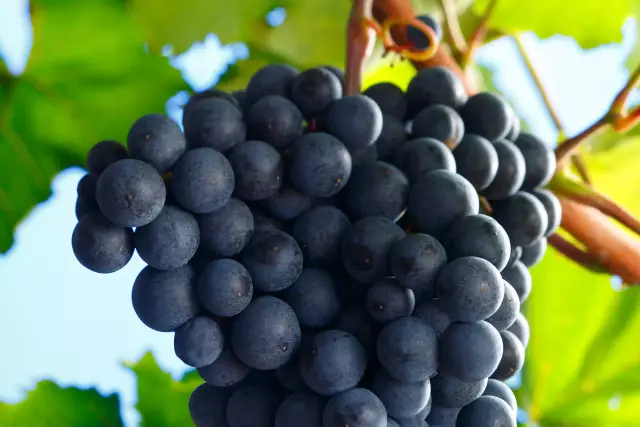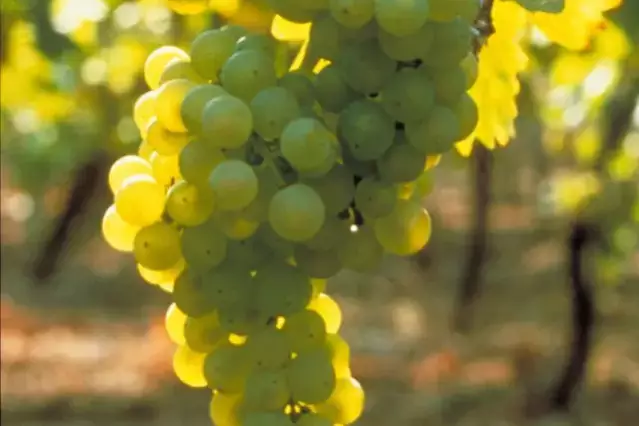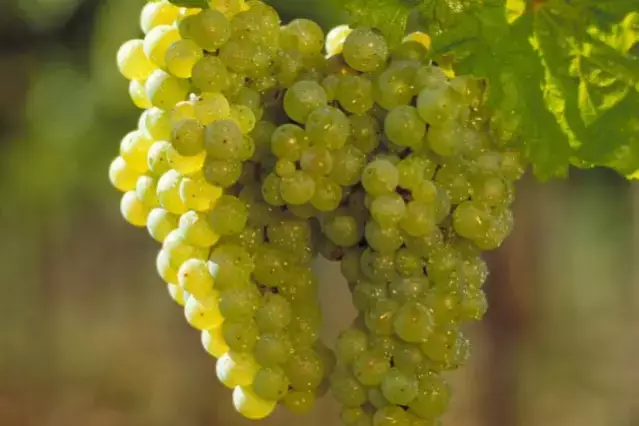Silvaner
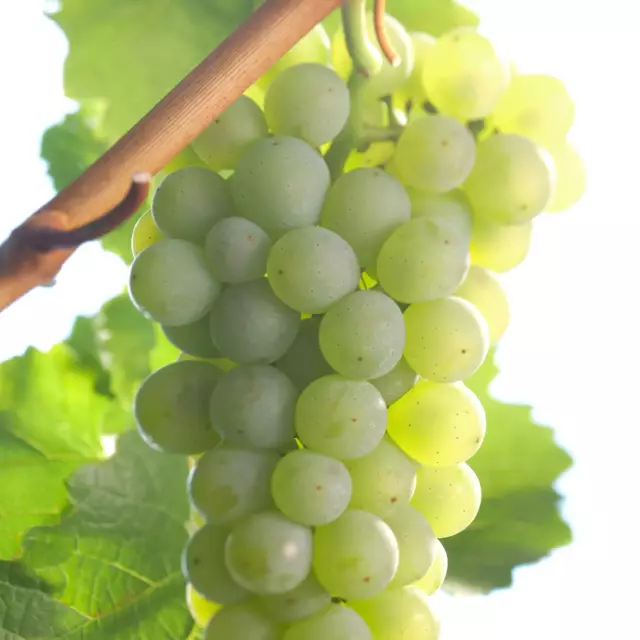
The Silvaner probably found its way to Franconia thanks to the Cistercian monks more than 350 years ago.
Facts
-
1st place
in the Franconian Grape Variety Index since 2019
-
25,3 %
of winegrape areas in Franconia
-
10 bis 12 °C
optimum drinking temperature
Cultivation
Silvaner has been grown in Germany for more than 350 years. Currently, 4,419 hectares are planted with Silvaner in the German wine-growing regions (2022), which corresponds to a share of just under 4.3% of the total vineyard area. Silvaner is particularly popular in Rheinhessen with 1,932 ha and Franconia with 1,559 ha, followed by the Palatinate with 468 ha.
Significance
Silvaner vines were first planted in Castell near Würzburg as early as 1659. Word of its merits spread quickly. The largest Silvaner region is Rheinhessen, where the grape variety covers about 8 percent of the area. Silvaner is considered one of the leading grape varieties in Rheinhessen, and its quality potential is explored year after year.
The growing region with the highest proportion of Silvaner is Franconia, where the grape variety grows on about a quarter of the vineyard area. In the region's list of grape varieties, Silvaner is back in first place for the first time since 2019. Depending on the terroir and microclimate, however, Silvaner has a much higher ranking in the individual Franconian vineyards, because the Franconian flagship grape variety produces very special wines on the shell limestone and Keuper soils.
Vinification and taste
Silvaner is diversity. An uncomplicated summer wine, a soft, creamy barrique wine, a well-developed, elegant and lively Großes Gewächs or an intense, long-lasting noble sweetness. Everything is possible. The grape variety perfectly reflects its terroir and combines earthy tones with delicate fruity aromas and mild acidity.
Characteristic of Silvaner wines is a fine fragrance reminiscent of herbs or gooseberries, sometimes accompanied by the aroma of fresh hay. As a rule, these are light wines with a discreet, fragrant aroma that are highly appreciated, not least because of their mild acidity. Quality measures in the vineyard also produce polished and elegant wines in higher quality grades, which harmonise very well not only with asparagus and fish. On heavy soils, Silvaner can develop into a full-bodied wine with a certain opulence and a distinct aroma of ripe pears and artichokes, making it a welcome accompaniment to more substantial dishes.
History
For years, scientists had puzzled over the origin of the grape variety. Does it come from Transylvania or from Silvan, a small town in Central Asia, or does the name suggest a Roman origin? Today, genetic studies show that Silvaner is a cross between Traminer, one of the oldest known grape varieties, and the autochthonous grape variety "Austrian White". Thus, its origin from the Alpine region seems to be assured.
The Silvaner is Austrian
Silvaner probably found its way to Franconia thanks to the Cistercian monks. The most famous monastery in the region, Ebrach, maintained trade relations all the way to Austria. At that time, no one could have guessed that this Austrian import would become the flagship of Franconian wine.
New home
Microclimate, orientation and composition of the soil influence the development and growth of the grapes. Silvaner's new home, with its heavy loamy-gypsum soils, gave the largely unknown grape variety its own profile. The Silvaner became a true Casteller, for which not only signposts were erected, but even a monument. Together with Riesling, it is the German grape variety par excellence. Until the 1970s, it was the most widespread variety in Germany. Today, planted in the best sites in Franconia, it is also attracting more and more interest from wine journalists and critics worldwide.
At a glance
- Most planted variety in Germany until the 70s
- high-yielding with medium ripening time
- Aroma: discreetly fragrant, reminiscent of herbs or gooseberries
When was the Silvaner first mentioned?
As early as the first century AD, Gaius Plinius Secundus reported on a grape variety with analogous properties in the "Naturalis Historia". In the 17th century, Silvaner then came to Germany via monks from the Alpine region.
A different kind of cappuccino with cream Wild garlic Silvaner cappuccino
A different kind of cappuccino with cream
- 0,3 Liter Gemüse- oder Hühnerbrühe
- Eine Prise Salz & Pfeffer
- 100 Gramm Garnelen
- 1 kleingehackte Knoblauchzehe
- 2 Eigelb
- 100 Gramm Butter
- 2 Bund Bärlauch
- 1 TL Kartoffelstärke
- 1 Saft einer Zitrone
- 400 Gramm süße Sahne
- 0,3 Liter Silvaner
- Nach Bedarf Muskat
Whip the butter with the egg yolks, add the spices and lemon juice, stirring constantly. Using the Moulinex, work the finely chopped garlic and spring onions into the butter. Then chill the garlic butter until it is firm.
Preheat a small pan, season the prawns with a little salt and lemon juice and fry briefly in the hot pan; they should still be translucent.
Bring the stock to the boil with the white wine, add the lemon juice and bring to the boil briefly. Pour in the cream and thicken the soup with a little potato starch.
<p
<p>Finally, blend with the garlic butter until it is as frothy as a cappuccino.
Serve in soup bowls.
Thread the fried prawns onto thin skewers (you can also use floral wire if necessary) and place in the soup bowls at an angle.
- Silvaner (brut nature)
